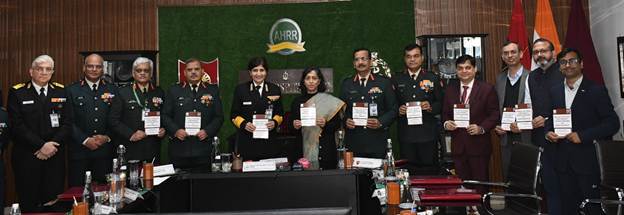
A new Memorandum of Understanding enhances the use of Earth observation data for food and agriculture statistics
Rome: For exchanging relevant expertise and developing applications in which Earth observation images can be used to better monitor agri-food systems, A new Memorandum of Understanding (MoU) between the The Food and Agriculture Organization of the United Nations (FAO) and the European Space Agency (ESA) was signed today.
The FAO stated it was strengthening its partnership with ESA in order to generate and share data and information and thus better support countries to achieve the Sustainable Development Goals (SDGs).
“Through our collaboration, we aim to generate and share knowledge, data and information. This agreement will allow us to build capacity in countries in producing agricultural statistics in a cost-effective way, fill data gaps and improve data quality, as well as to increase the reporting rate of countries,” affirmed Máximo Torero, FAO Chief Economist.
Toni Tolker-Nielsen, ESA Acting Director of Earth Observation Programmes, said: “The value of using Earth observation to help combat real world problems is immeasurable. The Memorandum of Understanding we signed with FAO today means that we will combine the expertise and knowledge of our two institutions to ensure that the data from space are used in the best possible way to achieve the SDGs.”
The joint work will scale up FAO’s capacity to help countries use Earth Observations for agricultural statistics and SDG monitoring. For example, FAO is a key partner of the 50×2030 initiative, which seeks to bridge the global agricultural data gap by transforming country data systems in 50 countries in Africa, Asia, the Middle East and Latin America by 2030. The strengthened partnership between FAO and ESA will use Earth observation methods to increase the efficiency and timeliness of these national statistical surveys. Through the Sen4Sat project, ESA already works with FAO and pilot National Statistical Offices to develop innovative algorithms and Earth observation products to achieve this aim.
“Earth observation is a powerful instrument to support, either directly or indirectly, the monitoring of several SDG indicators at national and global levels” added Pietro Gennari, FAO’s Chief Statistician.
The MoU covers areas such as identifying and understanding the requirements and challenges for using satellite data in the field of food and agriculture, sharing datasets and surveys, supporting access to Earth observation datasets and developing innovative Earth observation algorithms, products and applications making full use of latest IT capabilities, such as cloud computing.
The new agreement was signed some days after ESA and French astronaut Thomas Pesquet was designated FAO Goodwill Ambassador by the FAO Director-General QU Dongyu.
As Goodwill Ambassador, Pesquet will help FAO raise awareness about the importance of transforming the world’s agri-food systems, making them more resilient, inclusive, efficient and sustainable to overcome the challenges of persisting and growing hunger, and preserving the planet’s environment and biodiversity.
Pesquet’s second mission to the International Space Station, called Alpha, is scheduled to be launched on 22 April and to last for 6 months. He will be the first ESA astronaut to fly on a SpaceX Crew Dragon being launched on a Falcon 9 rocket from Florida, USA.
– global bihari bureau





